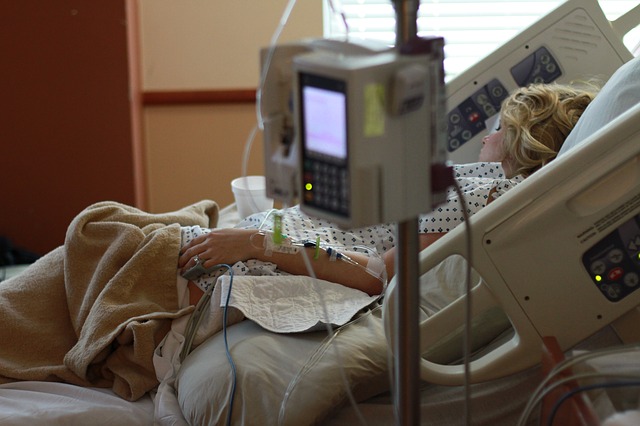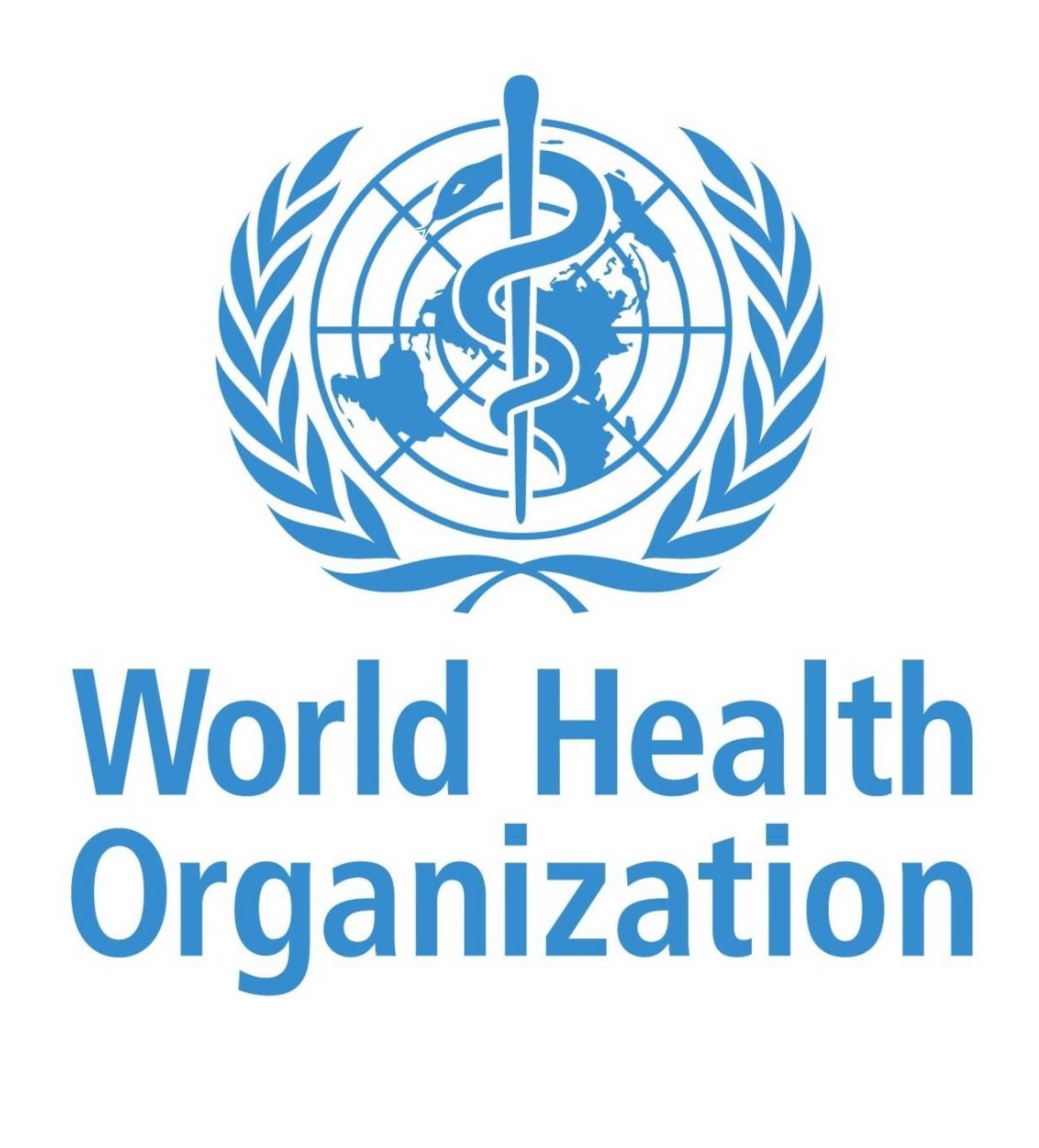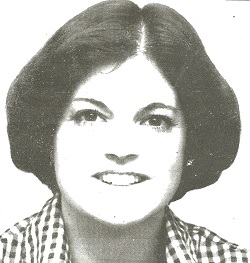Doctor Accused of Overprescribing Opioids Fights to Keep Her License
/By Pat Anson, PNN Editor
A northern California doctor who is beloved by many of her patients could lose her medical license because of allegations by the state medical board that she overprescribed opioid medication and other drugs. Dr. Corrine (Connie) Basch runs a solo primary care practice in Arcata, a small city in rural Humboldt county.
“They were looking to put a head on a spike so they could claim they were doing something about the opioid crisis,” Basch told PNN. “I am not considered a negligent doctor in town, nor am I a pill mill. And it would have taken them all of ten minutes to figure that out if they had asked anyone in my community if there was a problem here.”
A formal complaint against Basch by the Medical Board of California, first reported by the Lost Coast Outpost, centers on her treatment of five pain patients on relatively high doses of opioids and benzodiazepines, an anti-anxiety medication. Although Basch had tapered them to lower doses, the complaint alleges the amounts are still excessive and the combination of drugs places the patients at risk of overdose and death.
Board Executive Director Kimberly Kirchmeyer is seeking the revocation or suspension of Basch’s license for excessive prescribing, gross negligence and failure to maintain adequate medical records.
At no point in the 25-page complaint is it alleged that any of Basch’s patients have overdosed or been harmed while under her care. The board began its investigation of Basch in early 2018 but didn’t file the accusation until last month – suggesting it didn’t think there was any imminent threat to her patients.
“They went after me for no good reason, conducted an ‘investigation’ that was so obviously flawed, published a defamatory accusation on the Internet prior to giving me a chance to defend myself or even correct the factual errors, revealed private details of my patients’ cases on the Internet when those people live in a small town where people already know each other’s business, and would force a small town doc who treats poor people to come up with several years’ income to defend herself and her license,” Basch said.
DR. CONNIE BASCH
All five of the patients in the medical board complaint were already on high doses of opioids and benzodiazepines before Basch started treating them. She tapered these “legacy” patients to lower doses, but some remained on opioid doses as high as 664 MME (morphine milligram equivalent) – well above the CDC guideline’s recommended ceiling of 90 MME.
The CDC and FDA recently acknowledged that patients should not be forcibly tapered to lower doses and that doctors should “work with patients” before tapering or discontinuing opioids. Basch was already using that approach in her own practice. She says patients who’ve become tolerant to opioids should be weaned slowly and it could take 6-12 months just to get them off benzodiazepines.
“I’ve helped a lot of people get off pain meds,” she said. “Some of my patients stay on meds. I have a patient who is super functional on 145 MME. She’s comfortable, she can sleep through the night, and she works. I don’t see a need to lower her, except that she’s afraid. They’re all feeling insecure. They want to get off (pain meds) because there will be literally no one left to prescribe.”
Afraid to Prescribe
In recent years, California’s medical board has aggressively gone after doctors who prescribe opioids at high doses. The state’s controversial “Death Certificate Project” has resulted in threats of disciplinary action against hundreds of physicians, often years after they wrote an opioid prescription for a patient who fatally overdosed. Some doctors received warning letters even though the cause of death was suicide or involved multiple drugs – both legal and illegal.
These and other enforcement actions have had a chilling effect on doctors statewide.
“What we’re finding is that more and more primary care doctors are afraid to prescribe and more of those patients are showing up on our doorsteps,” Dr. Robert Wailes, a pain specialist and chair of the California Medical Association’s Board of Trustees, told Kaiser Health News.
Should Basch lose her license or stop practicing, all 1,500 of her patients would have to find new doctors, not a simple task in a remote community where healthcare choices are already limited, especially for pain patients.
“There are now two docs I know of in our area who have retired early because of similar accusations, and another older doc who lives in a small coastal community south of us who is going through a similar thing right now,” said Basch. “There’s nowhere even to get primary care up here. And if you call and say you want to be a new patient and chronic pain is anywhere on your problem list, you are denied. So these people are literally going to be left with no one.”
‘Medical Board Malpractice’
Basch has received over 300 letters of support from patients and several from colleagues in the medical community. Her attorney plans to present them as evidence to the medical board.
“Dr. Corrine Basch is my beloved primary care physician,” one patient wrote. “Taking away her right to assess her individual patients for risk vs benefit, forcing a bureaucratic, possibly ill-conceived set of ‘guidelines’ is what I consider Medical Board Malpractice.
“FEAR caused by actions such as yours are keeping legitimately suffering human beings from having a quality of life they deserve. THIS IS SHAMEFUL.”
“I have had my share of doctors over the years but I never had a doctor like Connie. She has ultimately saved my life and I am not just saying that,” wrote another patient who credits Basch for his sobriety after years of addiction to pills and alcohol.
“You don’t punish someone for doing the right thing and helping people get off of drugs. That is not how you fix the opiate problem plaguing America you do it by employing more people like Dr. Connie who knows the right way to get a person clean.”
Basch, who is 55, continues to practice and is gathering evidence to support her case. A hearing date has not been set on the medical board’s complaint.
“They went after the wrong person this time,” she says. “Shaming and humiliating doctors who have lived lives of service, and placing them in a position where they have to give up their calling because the cost of defense is too great late in their careers, is shameful.”





























